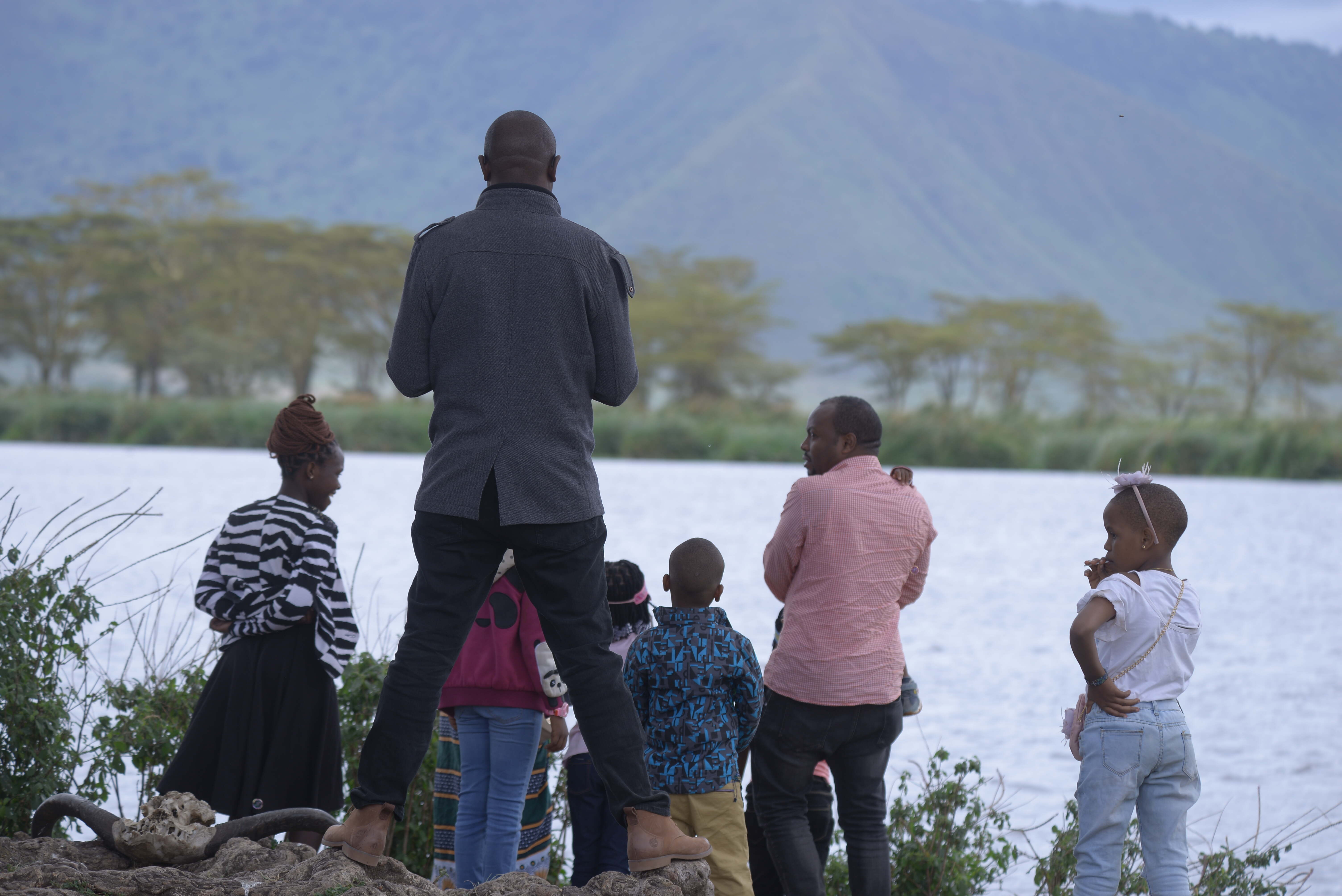

The Ngorongoro Conservation Area has officially declared a UNESCO World Heritage Site in 1979. The area consists of various landscapes and includes dense mountain forests, woodlands, grasslands, lakes, and swamps. Some of the most important archeological sites in the world, such as Oldupai Gorge and Laetoli can be found in the Ngorongoro Conservation Area.
Archeologists found evidence showing that the area was occupied by hominids over 3 million years ago and thus claiming that it could be the birthplace of mankind. And then of course there is the Ngorongoro Crater, the largest unbroken, inactive, and unfilled caldera in the world. Over 30,000 animals including the rare black rhino call this unique place their home.
The conservation shares a boundary with the Serengeti National Park and one must drive through the conservation in order to get to the Serengeti. Huge herds of ungulates dominate the crater floor with zebras, wildebeests, elands, Grant’s and Thompson’s gazelles being the species most commonly seen. But the crater is also home to the “big five” and elephants, lions, and buffaloes are often spotted.
Leopards are rarely seen as they preferred staying in the forests on the crater rim. The almost extinct black rhino can also be found in the crate and sightings aren’t rare either. Serval cats spotted hyenas, and jackals are also often seen while cheetahs are more difficult to spot. But it is not only mammals that reside in the conservation and great numbers of lesser flamingos can be seen at Lake Magadi, a primarily alkaline lake.
Other common birds include ostriches, kori bustards, crowned cranes, white-backed vultures, black kites, cattle egrets, tawny eagles, augur buzzards, and many more. There is nowhere else in Africa quite like Ngorongoro!